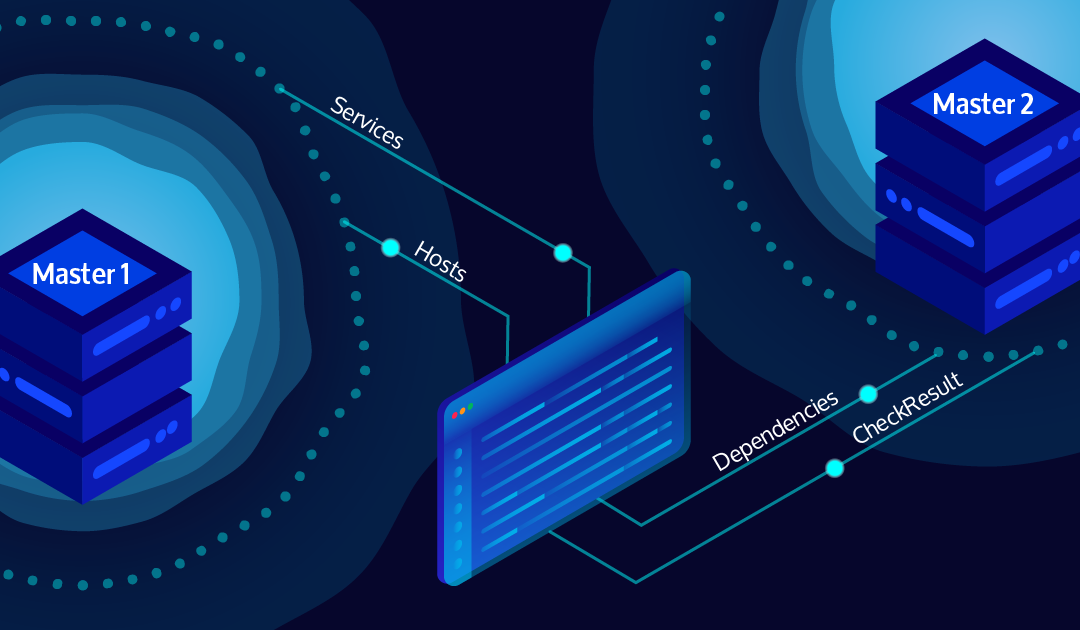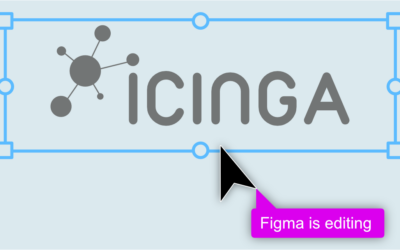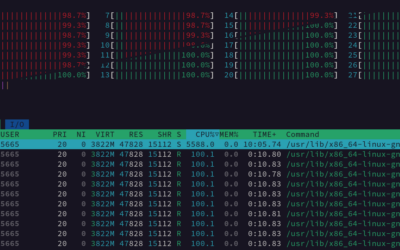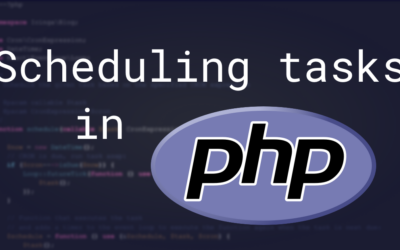Have you ever wanted to extend the functionality of Icinga Web to suit your specific needs, but didn't know where to start? Well, you're in luck! Last week, we released a series of tutorial videos...

Tutorial Videos on How to write your own Icinga Web module on YouTube!
Have you ever wanted to extend the functionality of Icinga Web to suit your specific needs, but didn't know where to start? Well, you're in luck! Last week, we released a series of tutorial videos...

Icinga 2 API and debug console
Have you ever experienced configuration issues, such as notifications not being sent as expected or apply rules not matching all expected objects, probably due to an incorrectly set custom variable? Icinga 2 has several options to assist you in such situations. Last...

IPL: How to use ipl-web
In my ongoing blogpost series about the Icinga PHP library, I am briefly explaining what the individual components of this library do and how easily you can use them in your project. In my previous blog post, i already covered the ipl-html and explained how easy it is...
Leveraging component variants in Figma for UI Design
Being a Sketch user since it's early days, I found Figma looked really promising, when it finally appeared. While Sketch caught up on most of Figma's features, like collaboration, developer handoff and AutoLayout (at least to some degree), the small feature set...
The Tale of a Single Lock in Icinga 2
To speed up startup and reload times of Icinga 2, we have already put a lot of effort into improving the configuration load performance and still continue to do so for the next major release. In this blog post, I will share the story of one particular issue we found,...
IPL: How to use ipl-html
In my previous blogpost I briefly explained the IPL and the tasks that these individual libs can perform. Today I want to explain how our ipl-html lib works and how to use it. This library helps you write HTML in a very simple and safe way. You don't need text...
Authenticating Icinga 2 API Users with TLS Client Certificates
When interacting with the Icinga 2 API, the client is commonly authenticated using a password provided via HTTP basic auth. Icinga 2 also supports a second authentication mechanism: TLS client certificates. This is a feature of TLS that also allows the client to send...
Scheduling Tasks in PHP
In the scenario where you want to execute tasks repeatedly at a specific time and have full control over when they are executed and how the results are handled, it makes sense to build this into your application instead of setting up a cron job, for example. I'd like...
Quick tip: How to create Icinga reports with custom branding
With Icinga Reporting you can create custom SLA reports for hosts and services that are monitored with Icinga. The module for Icinga Web fetches existing data and takes planned downtimes into account. You can filter for certain hosts and services as well as set custom...
Use actual data in Sketch for more realistic mockups
This time I want to show a feature that's not obvious at first sight, but can save a lot of time, when you're intending to create UI mockups with realistic data. Why it is important to test UI concepts with realistic data at a certain point In my opinion it's totally...
Using Sketch Symbols to boost the UI mock up workflow 🚀
As you may have noticed in one of my last posts, I’m not super averse to using Sketch in my daily workflow. Still, for creating UI mock ups, both high low quality, Sketch is the graphics tool, that I feel most comfortable in, because it enables me to work and ideate...
Why Monitoring?
We have decided to make some short educational videos about Icinga, and today we will be releasing the first one: Why Monitoring? In these videos we want to explain the Whys and Whats and Hows around Monitoring in a way that is accessible to anyone who is interested....

Subscribe to our Newsletter
A monthly digest of the latest Icinga news, releases, articles and community topics.








